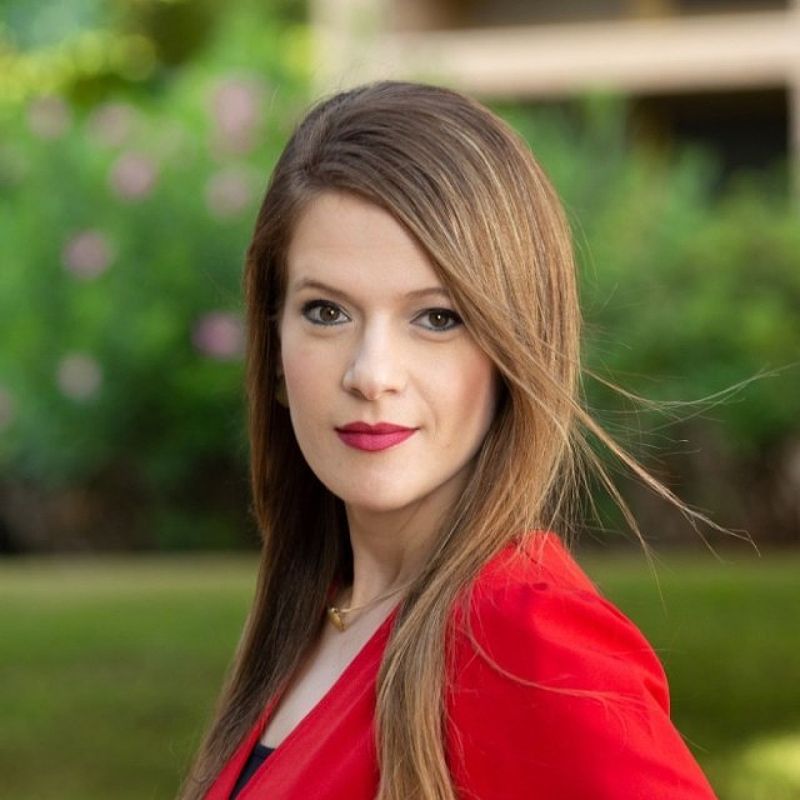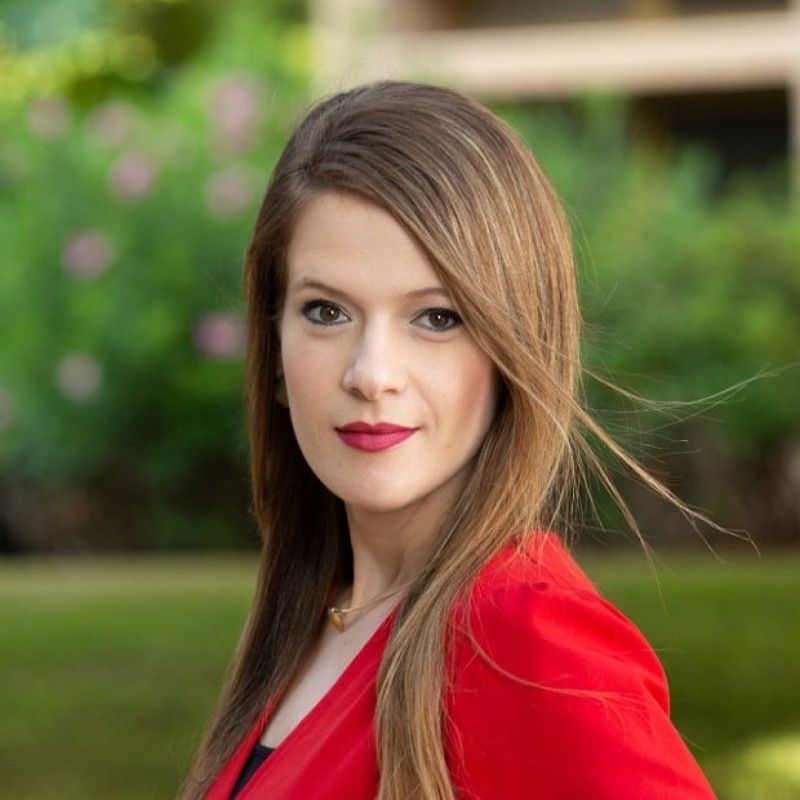Dr. Tali Ilovitsh, an Assistant Professor and Senior Lecturer in the Department of Biomedical Engineering at Tel Aviv University, is making significant strides in the field of cancer therapy. Her research focuses on the development of ultrasound technologies that offer non-invasive and targeted treatment options for various diseases, including cancer.
Revolutionizing Ultrasound Imaging
Dr. Tali Ilovitsh, an Assistant Professor and Senior Lecturer in the Department of Biomedical Engineering at Tel Aviv University, is revolutionizing ultrasound imaging techniques. Her research focuses on enhancing ultrasound capabilities using an optically-inspired holographic algorithm. This algorithm enables ultrasound super-resolution and improves imaging in traditionally challenging areas like air and bones.
Dr. Ilovitsh's expertise in ultrasound imaging has laid the foundation for her groundbreaking work in therapeutic ultrasound. Her transition from optics to ultrasound research was driven by the immense potential she saw in improving the most commonly used imaging modality in clinics today.
The Promise of Ultrasound Therapy
Dr. Ilovitsh's research at Tel Aviv University focuses on developing medical ultrasound technologies for monitoring, diagnostics, and therapy. One of her groundbreaking technologies involves the use of nanobubbles and low-frequency ultrasound for non-invasive cancer treatment.
By injecting nanobubbles into the bloodstream and utilizing low-frequency ultrasound, Dr. Ilovitsh's team can target cancerous tumors without invasive procedures. The nanobubbles enhance drug delivery to tumors and facilitate the temporary opening of the blood-brain barrier, providing a non-invasive solution for treating brain disorders.
Approach to Cancer Treatment with Bubbles
Dr. Ilovitsh's team exploits the leakier blood vessels found in cancerous tumors. By injecting nanobubbles into the bloodstream, the tumors uptake them, trapping them within the tumor. Low-frequency ultrasound is then used to burst the nanobubbles, mechanically destroying the cancerous growth. This approach minimizes the risk of damage to healthy tissue and serves as an alternative to surgical procedures.
The Ultimate Goal
As a researcher in the field of biomedical engineering, Dr. Ilovitsh's ultimate goal is to develop methods that improve the quality of life and save lives. One significant challenge she aims to address is treating metastases, which often lead to cancer-related deaths.
Dr. Ilovitsh's research has shown that treatment with nanobubbles triggers an immune response in the treated area, potentially influencing the immune system's ability to target metastases. By combining ultrasound treatment with nanobubbles and complementary therapies like immunotherapy, Dr. Ilovitsh hopes to effectively target both primary tumors and metastases.
Recognition and Future Outlook
Dr. Tali Ilovitsh's groundbreaking research has been recognized by Forbes Israel Magazine's "30 under 30" list. This acknowledgment not only validates her efforts but also serves as motivation to continue pushing boundaries and striving for excellence in her work.
Dr. Ilovitsh is excited to see where her research journey takes her next as she continues to make significant advancements in the field of cancer therapy.
Conclusion
Dr. Tali Ilovitsh's innovative research in ultrasound technologies is revolutionizing cancer treatment. Her work with nanobubbles and low-frequency ultrasound offers a non-invasive and targeted approach to treating cancerous tumors, including those in the brain.
By combining her expertise in ultrasound imaging and therapy, Dr. Ilovitsh aims to improve the quality of life for patients and make a significant impact in the field of biomedical engineering.


